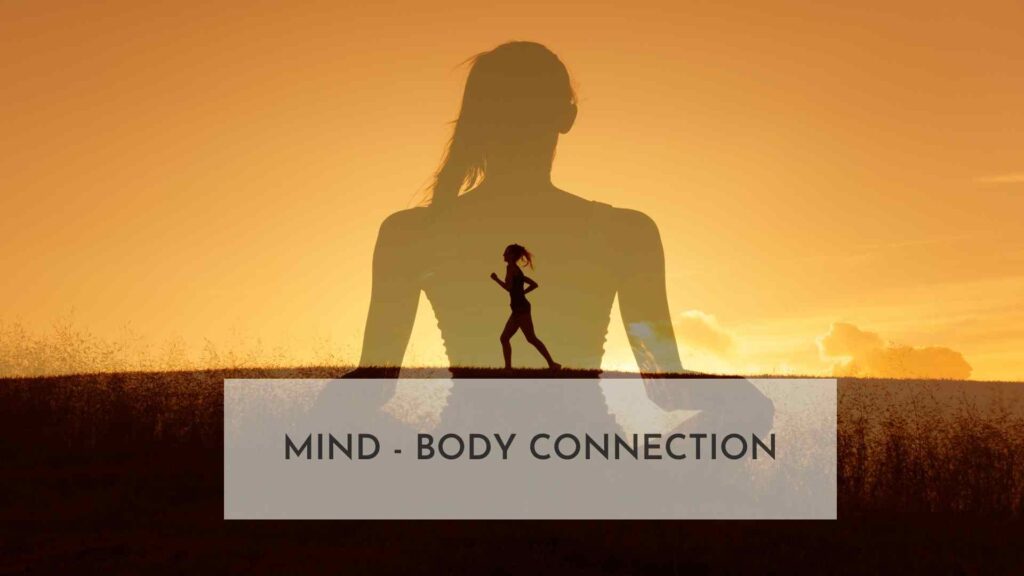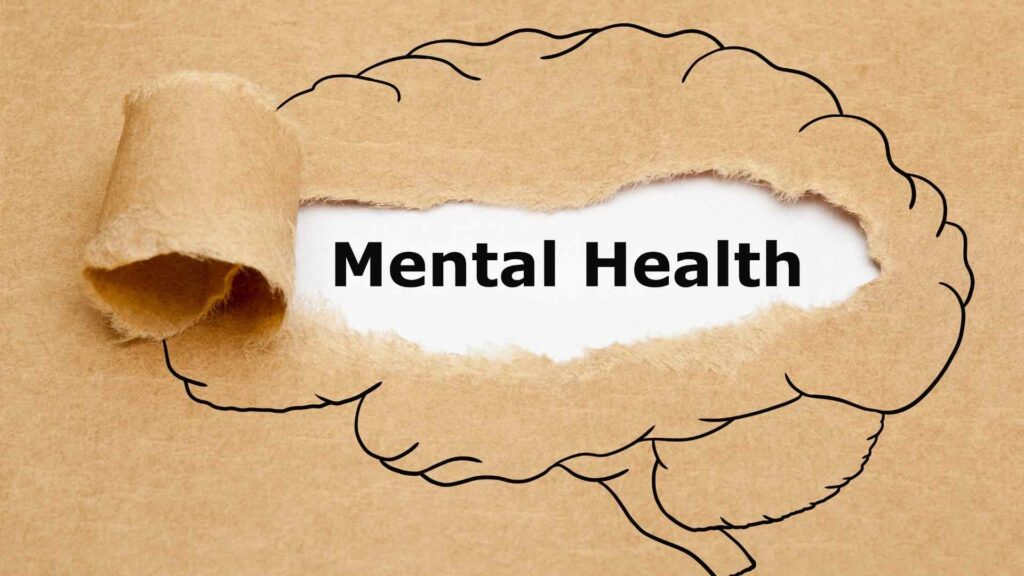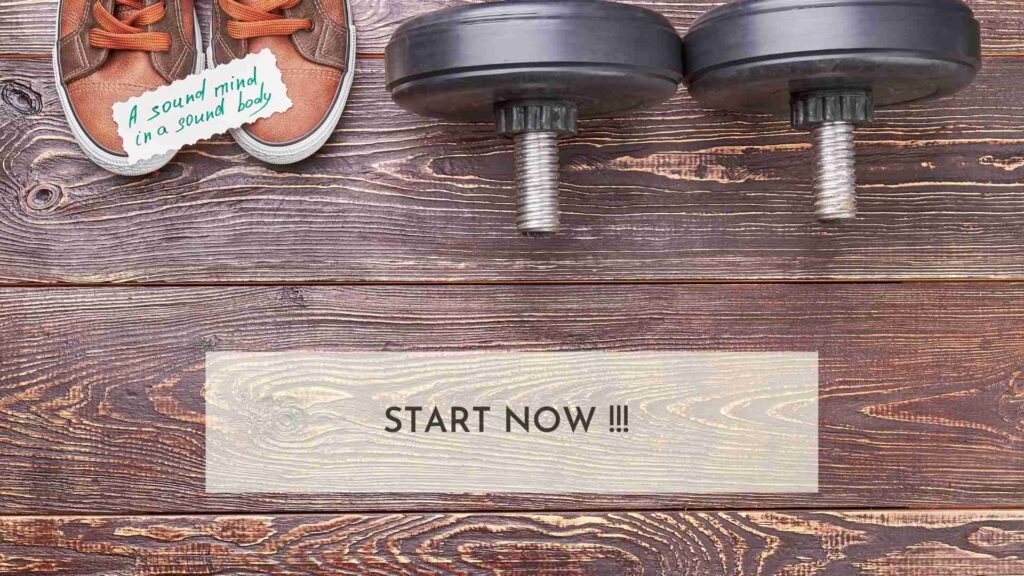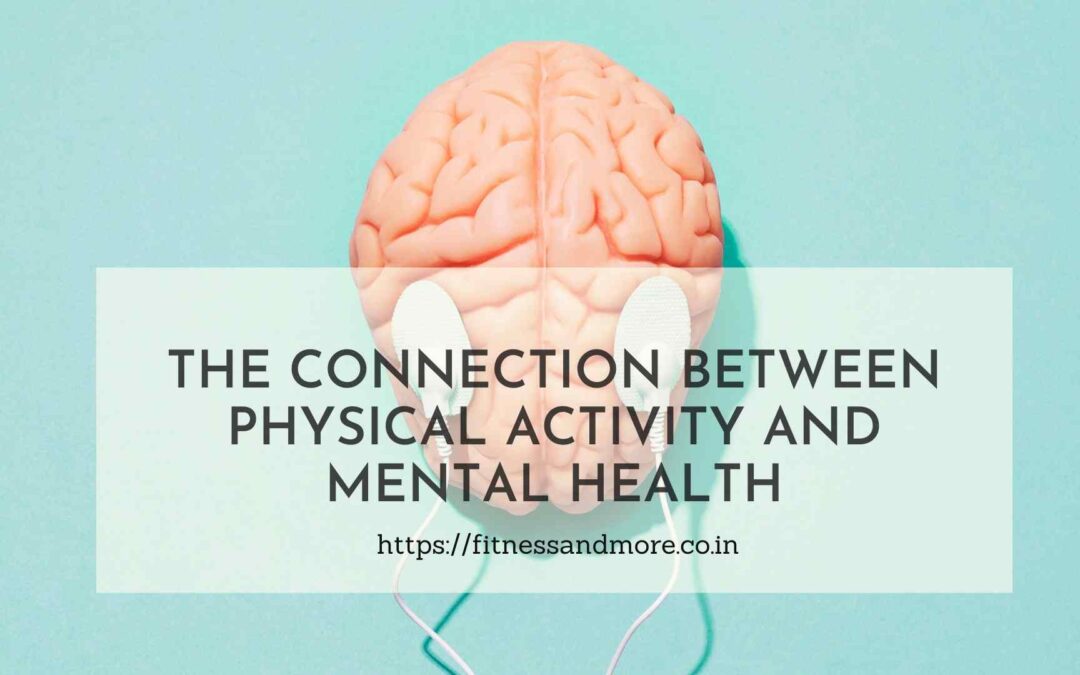Is there really a connection between physical activity and mental health?
Is it that people who exercise regularly have better mental health and emotional well-being?
Regular exercise is not only important for keeping us physically fit and healthy but it also helps keep our mind fit and healthy.
Why is mental health so important? Sadly most people do not even acknowledge mental health as one of the key factors for a healthy and happy life.
In fact, mental fitness is just as important as being physically active and at any cost should not be neglected at all.
This article is about the connection between mental health and physical fitness. This is a comprehensive note on how the required amount of physical activity can help retrieve and relive a healthy mindset.
Let’s jump into exploring what’s more to it!!!
What is the mind-body connection?

It comes as no surprise that the more you help your body the more you help your mind to expand. Any physical activity increases the flow of oxygen to the brain and also the number of feel-good hormones. As a result, it’s no surprise that people who are in good physical form also have a better level of mental agility.
A good physical workout can aid in the management of depression and the development of a more positive view of life. It’s also a great technique to combat stress, which can be both mentally and physically harmful.
What is mental health and wellbeing?

Wellbeing in general defined as a ‘positive physical, social and mental state’ and mental wellbeing, in particular, does not have anyone fixed definition but importantly includes the following things
• The feel-good factor about ourselves irrespective when alone or in a relationship
• The ability to deal with life’s ups and downs, such as overcoming problems and making the most of opportunities
• The feeling of connection to our community and surroundings
• Having control and freedom over our lives
• Having a sense of purpose and feeling valued
Mental wellbeing does not always mean you are happy all the time or also that you won’t experience negative emotions such as pain, loss, or grief which are part and parcel of normal life. Physical activity, regardless of age, can help you live a mentally healthy life and improve your overall well-being.
How exactly physical fitness affects our mental wellbeing?
Physical activity has a huge scope in improving our mental wellbeing. Even a 10-minute brisk walking improves our mental sharpness, enthusiasm, and positive attitude.
Regular physical activity can boost our self-esteem while also reducing stress and anxiety. It also helps in the prevention of mental health problems as well as the improvement of the quality of life and also the following things:
1. Impacts our Mood
Physical activity has been a proven factor for a positive impact on our mood. In a recent study, Researchers discovered that after being physically active, participants felt more satisfied, aware, and calmer than after periods of inactivity.
Overall, studies have found that low-intensity aerobic physical activity – 30–35 minutes, 3–5 days a week, for 10–12 weeks – is the most effective for enhancing positive emotions (e.g., enthusiasm, alertness).
2. Impact on our Stress levels
When any event occurs that makes us feel threatened or upset our mental balance in some way, our body creates a stress response that can be physically uncomfortable and we may also experience emotions more intensely. This is called the fight or flight response.
In these conditions, hormones like adrenaline and noradrenalin, increase our heart rate, raise the flow of blood and increase the rate at which we perspire, preparing the body for emergency response.
Exercise can be a very effective stress reliever. According to research on employed adults, those who are consistent with their fitness regime had lower stress levels than those who are into less physical activity.
3. Impact on our Self-esteem
Not only does exercise benefit our physical health, but it can also boost our self-esteem. Self-esteem refers to how we feel about ourselves and how we view our own values. It is an important sign of our mental health and ability to deal with life’s stresses.
Exercise can improve our sense of control and coping ability.
This link has been discovered in both males and females, and in children, adolescents, young adults, adults, and the elderly.
4. Impact on Depression and Anxiety
Physical activity can be used as an alternative to medication in the treatment of depression. It can be used as a standalone treatment or in combination with medication and or psychological therapy.
Physical activity can help those with minor anxiety symptoms and may possibly be beneficial in the treatment of clinical anxiety as well.
Exercise can distract you from negative thoughts and provide opportunities to try new experiences. Physical activity can be an outlet for your frustrations.
And this lands us into a section to know the different categories of exercises.
What are different kinds of physical activities?
To understand this is an easy way we have broadly put the types of physical activities into four separate categories :
1. Daily Physical Activity
For adults, physical activity can include recreational or leisure-time like transportation (e.g. walking or cycling), occupational activity (i.e. work), household chores in the context of daily, family, and community activities.
Everyday activities like walking to the bus stop, carrying luggage, and climbing stairs all count toward the required 150 minutes of exercise per week for the average adult.
2. Exercise
The purposeful activity is carried out to improve health or fitness, such as jogging or lifting weights to increase strength and other focused movements to improve endurance, flexibility, and balance.
3. Play
Unstructured activity that is done for fun or enjoyment.
4. Sport
Structured and competitive activities that include anything from football or squash to cricket. We can play these as part of a team or even on our own. This can be a fun and interactive way of getting exercise that doesn’t have to feel like exercising.
High-intensity activities, such as tennis, athletics, swimming, and keep-fit classes, as well as moderate physical activity and lower-intensity activities and sports, such as snooker or darts, are examples of these activities. Making exercise enjoyable rather than a task can help you stick to your goals.
Exercise can reduce skeletal muscle tension, which helps you feel more relaxed.
Conclusion
Irrespective of age, everyone should strive to build healthy habits and lead a happy life for our own good and also for our loved ones. There are disorders that are solely born out of mental conditions due to certain circumstances in life. With the help and guidance of family and friends, we have to push to come out of the downward spiral and be accountable ourselves.

Considering all the above aspects and with nearing two decades of experience in the field of understanding human physiology, We at Fitness and More and our trained personnel team, work with you personally to provide you with the right and apt solution not only to make you physically fit but also mentally strong.
Hope you enjoyed this blog on mental health and physical activity. If so we would love to hear your comments in the section below.
Check out our blog for more fitness tips and related articles.
Want to know other benefits of physical fitness?
Read More –> https://fitnessandmore.co.in/9-astonishing-benefits-of-physical-fitness/


Recent Comments